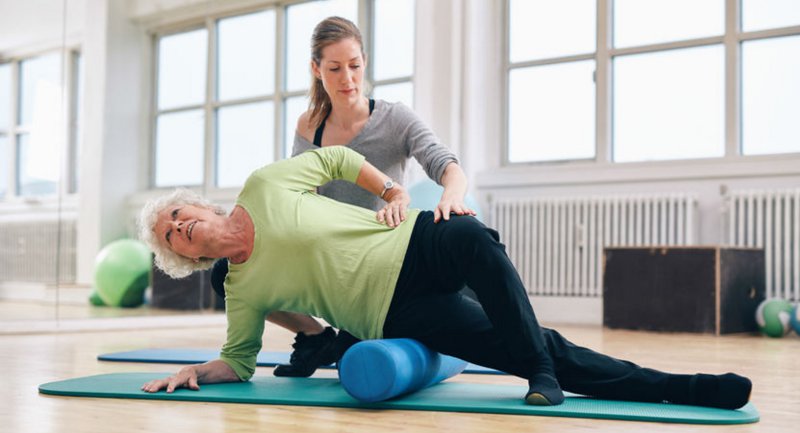 15th Sep 2016
15th Sep 2016
World Physical Therapy Day
How physical therapy helps patients “add life to years”...
September 8th was World Physical Therapy Day and this year’s theme was “Add Life to Years” which speaks to the positive impact physical therapy has in adding quality of life to elderly populations. This theme looks to educate on the ability for physical therapy to:
- Help elderly patients maintain or regain independence
- Influence positively the quality of life and ability to participate in daily tasks
- Greatly reduce healthcare costs
Physical therapy plays an important role in healthy aging and can greatly help many populations of the elderly.

How Physical Therapy Can Help Our Aging Populations
- Fall Risks: As we age, our risks for falls may increase as issues with strength and balance may arise. From loss prevention to rehabilitation after a fall, physical therapy is a key component in helping patients with fall risks. From using evaluation equipment like dual inclinometer’s for measuring joint range of motion to creating therapeutic exercise regimens to increase strength and decrease reoccurrence of future falls.
- Post Stroke Rehabilitation: Stroke effects 795,000 people in the United States each year. Physical therapy is an essential element of post-stroke recovery. Many patients suffer weakness after a stroke. With the use of a handheld dynamometer, physical therapists can take adequate measures of strength for purposes of evaluation and keeping track of patient progress. Additionally, post-stroke patients may suffer from a loss of strength and dexterity of the limbs. With the use of dexterity tests, like the Lafayette 25-hole pegboard, patients can increase strength and dexterity of their hands and fingers.
- Arthritis Relief: About 1 in 5 U.S. Adults suffers from doctor-diagnosed arthritis. Symptoms of Arthritis include: pain, aching, stiffness and swelling in and around the body’s joints. Physical therapy can help reduce the symptoms associated with arthritis with the following modalities: therapeutic ultrasound, electrical stimulation, low-level laser therapy, soft tissue and joint mobilizations.
- Post Total Knee Arthroplasty (TKA): 75% of all total knee arthroplasty procedures are for patients in the elderly population. TKA is also the most common procedure in the geriatric population. Physical therapy can help TKA patients regain strength and flexibility in their knee by utilizing knee continuous passive motion machines. In order to reduce any edema experienced as a result of their TKA procedure, a cold-compression device can be used to reduce the swelling and any residual pain.
- Increase Function: As we age, we lose strength and flexibility. These deficits can translate to an inability to perform necessary tasks in our daily lives. Using rehabilitative equipment like underwater treadmills, which help build cardiovascular strength without undue stress on the joints, or Saratoga cycles, which can strengthen both upper and lower limbs and can help patients increase their strength and endurance, are an important element in helping elderly patient’s increase function.
Physical therapy is a key tool in “adding life to years”. It’s important that patient education is available so patients understand the therapeutic options available to them. Physical therapy helps our elderly populations not only survive, but to thrive.
Related Article: Fall Prevention for the Elderly





